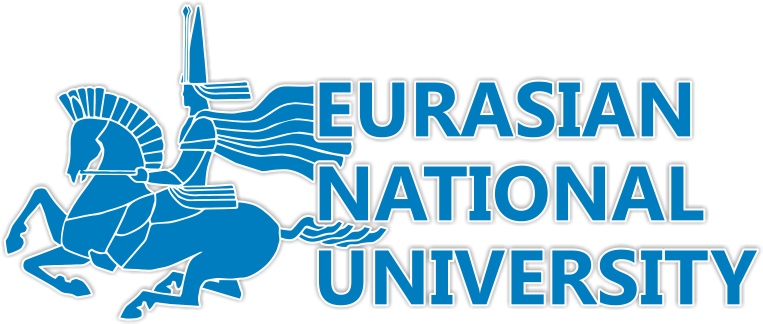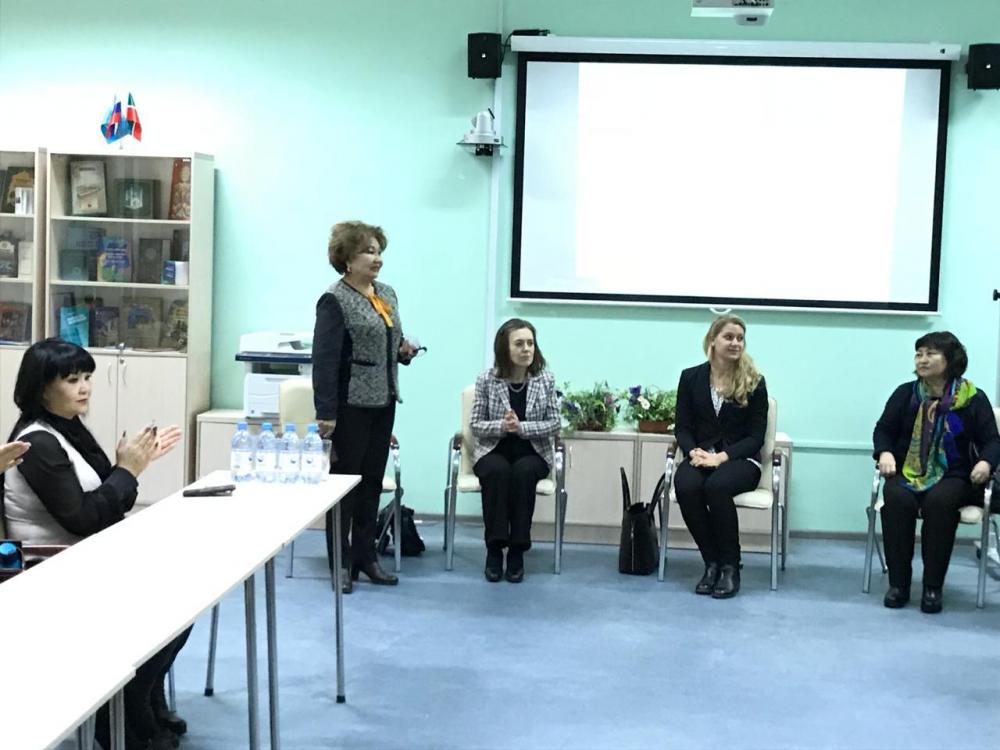On November 6, 2018, graduate students of the Department of Foreign Philology had an opportunity to take part in the discussion of the cultural heritage of the well-known Austrian artist, the founder of modern art in Austrian painting Gustav Klimt and to watch a feature film about it in the English class. The lesson was held under the auspices of and with the participation of the Austrian Embassy in Kazakhstan and was dedicated to the 100th anniversary of the birth of the famous artist.
At the beginning, Ms. Christina Novak, an employee of the Embassy, briefly described Gustav Klimt’s life and answered students' questions.
Gustav Klimt was born in the Viennese suburb of Baumgarten in the large family of artist-engraver and jeweler Ernest Klimt. Klimt spent most of his childhood in poverty, as the economic situation in the country was difficult, and his parents did not have a permanent job.
At first, Gustav learned to draw from his father, and then from 1876 - at the Viennese art and craft school at the Austrian Museum of Art and Industry. As objects of the image Klimt preferred women.
The “golden period” of Klimt's work is marked by a positive reaction of criticism and is the most successful for Klimt. The name of the period comes from the gilding used in many works of the artist, beginning with the "Palace of Athena" (1898) and "Judith" (1901), but his most famous work of this period is "The Kiss" (1907-1908). The golden background and symbolism close to the Byzantine, go back to the mosaics of Venice and Ravenna, seen by Klimt during a trip to Italy.
In his essay “Commentary on a Non-Existing Self-Portrait”, he states: “I am an artist, writing day after day from morning to night ... Who wants to know something about me ... should carefully consider my paintings.”
In 1911, Klimt's painting “Life and Death” won a prize at the World Exhibition in Rome.
On February 6, 1918, Gustav Klimt died of pneumonia in Vienna, having suffered a stroke before. He was buried in the Hittzing cemetery in Vienna. Many paintings were left unfinished.
After watching the film, students actively participated in the discussion of its content and at the end expressed great gratitude for the opportunity to get to know one of the greatest artists in Europe so closely.
The event was attended by the consul of the Austrian Embassy Mrs. Sieglinde Spanlang and the head of the department of foreign philology A.Ye.Bizhkenova.


